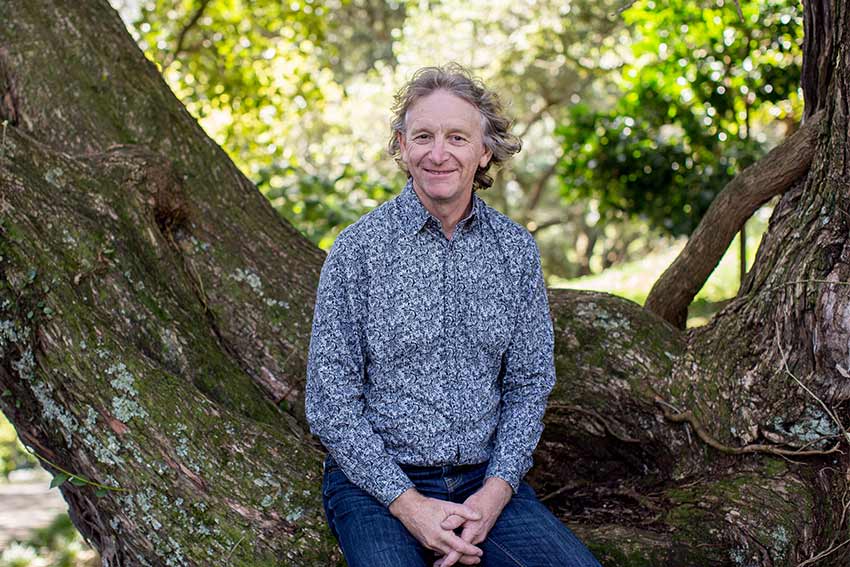Calling time on the imperial lawn

If a third of the world’s city lawns were instead planted with trees, we could remove an estimated 6,000,000,000 tonnes of carbon dioxide from the atmosphere over 20 years.
When taking mowing, fertilisation and irrigation into account, lawns actually contribute to greenhouse gas emissions, research by AUT Drone Lab Professors Len Gillman, Barbara Bollard and Sebastian Leuzinger suggests.
The academics estimate that globally, 157 tonnes of carbon dioxide equivalent per hectare of emissions could be avoided, and up to 1630 million tonnes of carbon could be absorbed from the atmosphere over 20 years if unused grass areas were planted with trees.
In their paper Calling Time on the Imperial Lawn and the Imperative for Greenhouse Gas Mitigation*, the academics call on governing bodies in Aotearoa and abroad to introduce policies and incentives that encourage tree planting in spaces where lawns are unused, such as roadside berms.
“Most councils mow large areas of grass that have little or no utility as lawn without considering why they are spending the money to maintain an ecosystem in a degraded state,” Professor Gillman says.
“Roadsides are a classic example of where there should be trees and not mown grass.
“Research shows that trees along roadsides decrease traffic speed and helps to calm drivers – both hugely positive outcomes.”
Treescapes can also help reduce pollution, cool summer air temperatures, and can significantly improvement cardiovascular health for people who walk among trees.
Globally, mown grass is one of the most common features of our human-shaped landscapes; it is almost ubiquitous in suburban residential gardens, especially in the USA, Australia, and New Zealand.
While some lawns can have a specific purpose, like sports fields, or residential spaces for children to play, often their occurrence is purely historical, lacking rationale for their upkeep.
The imperial lawn originated in Europe, where grass was hand-cut in lieu of grazed pasture, as a demonstration of wealth.
It then became part of the ‘order’ that colonists implanted on ‘conquered’ land, representing a nostalgia for the European landscape.
* This manuscript is under review in Global Sustainability and is a non-peer reviewed preprint submitted to EarthArXiv